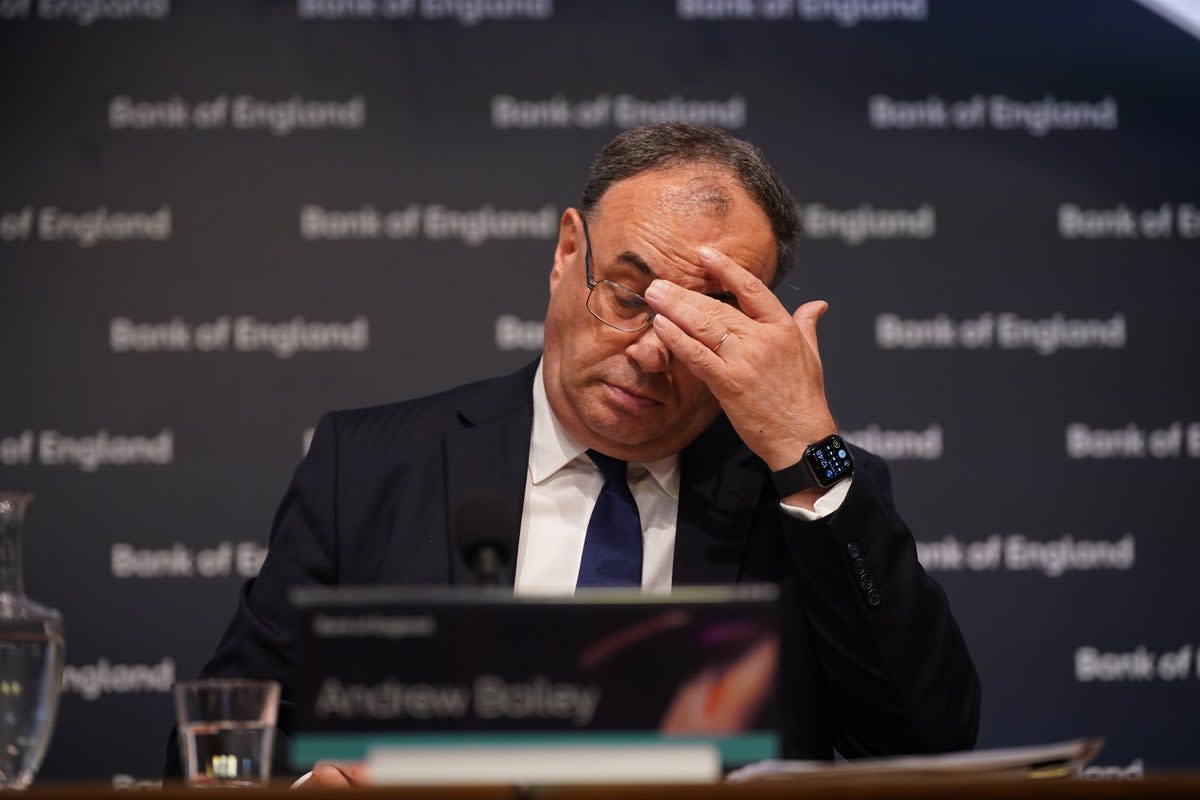Stagflation: What is it, and what can be done to tackle it?

A recent report has warned that the UK is headed for a recession that will plunge millions of vulnerable households across the UK into financial crisis.
It was published by the National Institute of Economic and Social Research (NIESR), Britain’s oldest independent research institute.
It warned that more than 2.5 million households are set to see their savings obliterated by the rising cost of living, predicting that by 2024, one in five UK households will have no savings.
The report also claimed that the threat of stagflation has returned for the first time since the 1970s.
But what is stagflation – and how long will it last?
What is stagflation?
With the UK in the grip of slow economic growth and rising prices, fears over stagflation are rising.
Stagflation is a combination of stagnation - weak or non-existent economic growth - and inflation - rising prices - and it typically leads to fewer jobs and lower wages.
Professor Stephen Millard, NIESR deputy director for macroeconomics, said: “The UK economy is heading into a period of stagflation with high inflation and a recession hitting the economy simultaneously.”
The Bank of England expects inflation to rise to 13.3 per cent before the end of the year, up from an already 40-year high of 9.4 per cent in June.
The NIESR report warned that this inflation surge, driven by an unprecedented rise in energy bills, will steer the economy into a relatively shallow, three-quarter technical recession, but added there was an increased possibility of a deeper recession.
Research shows that between the impact of inflation and the refusal of the government to raise benefits in line with inflation, the 10% poorest households will be around 5% worse off.
This is despite the support they have been promised on energy bills, making them the worst hit of any income group in society.
The report also forecast that real incomes will be permanently lower, dropping 2.5% in 2022 alone, and by 2026 they are expected to be 7% below where they were headed before Covid.
Around 3% to 5% of this hit will come from Brexit, 1% to 3% from energy price rises and the remainder from government policy.
What can be done about stagflation?
It is a challenging problem for governments and economists to solve because solutions for slow growth, such as lowering taxes and interest rates, tend to worsen inflation, as those measures increase demand which drives up prices.
As John Stepek explains: “Stagflation is bad news for central banks, because the usual solution for a weakening economy is to cut interest rates in the hope of stimulating more activity, but the usual answer for high inflation is to raise interest rates in order to rein in activity.”
The NIESR is calling on the government to urgently increase Universal Credit payments by £25 a week for at least six months from October, to help the most vulnerable, which would cost around £1.4 billion.
It also called for the energy bill relief payments to increase from £400 to £600 for 11 million low-income households, costing £2.2 billion.
Professor Adrian Pabst, deputy director for public policy at NIESR, said: “The incoming administration needs to provide immediate emergency support to the 1.2 million hardest hit households and the one in five households that will become financially vulnerable as the energy price cap is lifted and the recession begins to bite.”
How can people prepare for stagflation?
Editor of The Money Edit and author of Invest Now, Kalpana Fitzpatrick, says: “Persistent high inflation is not good news for cash savings, as the value of your cash can erode quickly if it can’t keep up with price rises.
“But it is still important to hold cash savings, especially during turbulent times. Everyone should look to hold onto at least six months’ worth of income as emergency cash savings. This is money you can use to help pay for unexpected costs – anything from losing your job to a broken boiler.”
Kalpana also advises people to build an emergency fund to deal with stagflation, and to keep the money in an easy-access savings account.
She added: “If you have investments, stagflation could mean a squeeze on profit margins and you may see the value of your investments go down.
“Although this can cause concern, the key thing is not to panic or take your money out. Stock market ups and downs are normal in investing, and the best way to smooth out the returns is to continue drip-feeding small amounts into your investments each month and ride out the storm.”

 Yahoo News
Yahoo News 
